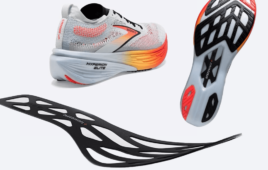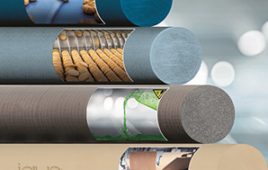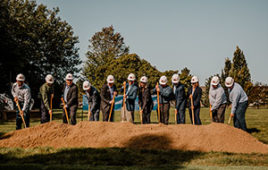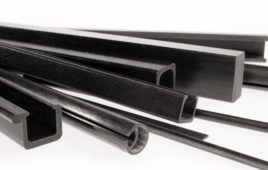Superconductors, which allow resistance-free electric flows, are greatly superior to semiconductors. Unfortunately, they only work at extremely low temperatures — within a few degrees of absolute zero.
Researchers at the Department of Energy’s Brookhaven National Laboratory are trying to design superconductors that work at room temperature. Recently, they had a breakthrough.
Cuprate superconductors are superconductors that work at relatively high temperatures — relatively being the key word. To date, the highest temperature at which a cuprate superconductor has carried electricity while avoiding “roadblocks” — without losing any energy to heat — is minus 70 degrees Celsius.
Scientists first created high-temperature superconductors by incorporating the element strontium into cuprate materials — combinations of iron and oxygen. Together with cold temperatures, strontium causes the superconductor’s electrons to pair up and move friction-free. Normally, electrons repel each other.
Until now, researchers haven’t exactly understood why cuprate superconductors work. What determines the temperature at which the material assumes its superconducting abilities? Why minus 70 degrees and not minus 10?
Previously, scientists have hypothesized that the transition temperature in cuprate superconductors is dictated by the strength of the electron-pairing interaction. But new research suggests it is actually determined by the density of electron pairs.
Scientists measured the density of electron pairs in a variety of cuprate samples, with varying amounts of added strontium, by sending a magnetic field force through the superconductor. The distance the magnetic field is able to travel is directly related the density of electron pairs.
Researchers found the presence of strontium makes cuprates more conductive, but the larger the concentration of strontium, the fewer electron pairs — the fewer electron pairs, the lower the transition temperature drops toward absolute zero.
While the new research reveals, for the first time, a strong correlation between strontium and electron coupling, researchers still don’t understand why electrons do or don’t pair up. If they can solve that mystery, researchers say they will be closer to building superconductors with real world applications.
“These materials wouldn’t require any cooling, so they’d be relatively easy and inexpensive to incorporate into our everyday lives,” BNL science writer Ariana Tantillo wrote in an update. “Picture power grids that never lose energy, more affordable mag-lev train systems, cheaper medical imaging machines like MRI scanners, and smaller yet powerful supercomputers.”
Filed Under: Materials • advanced




